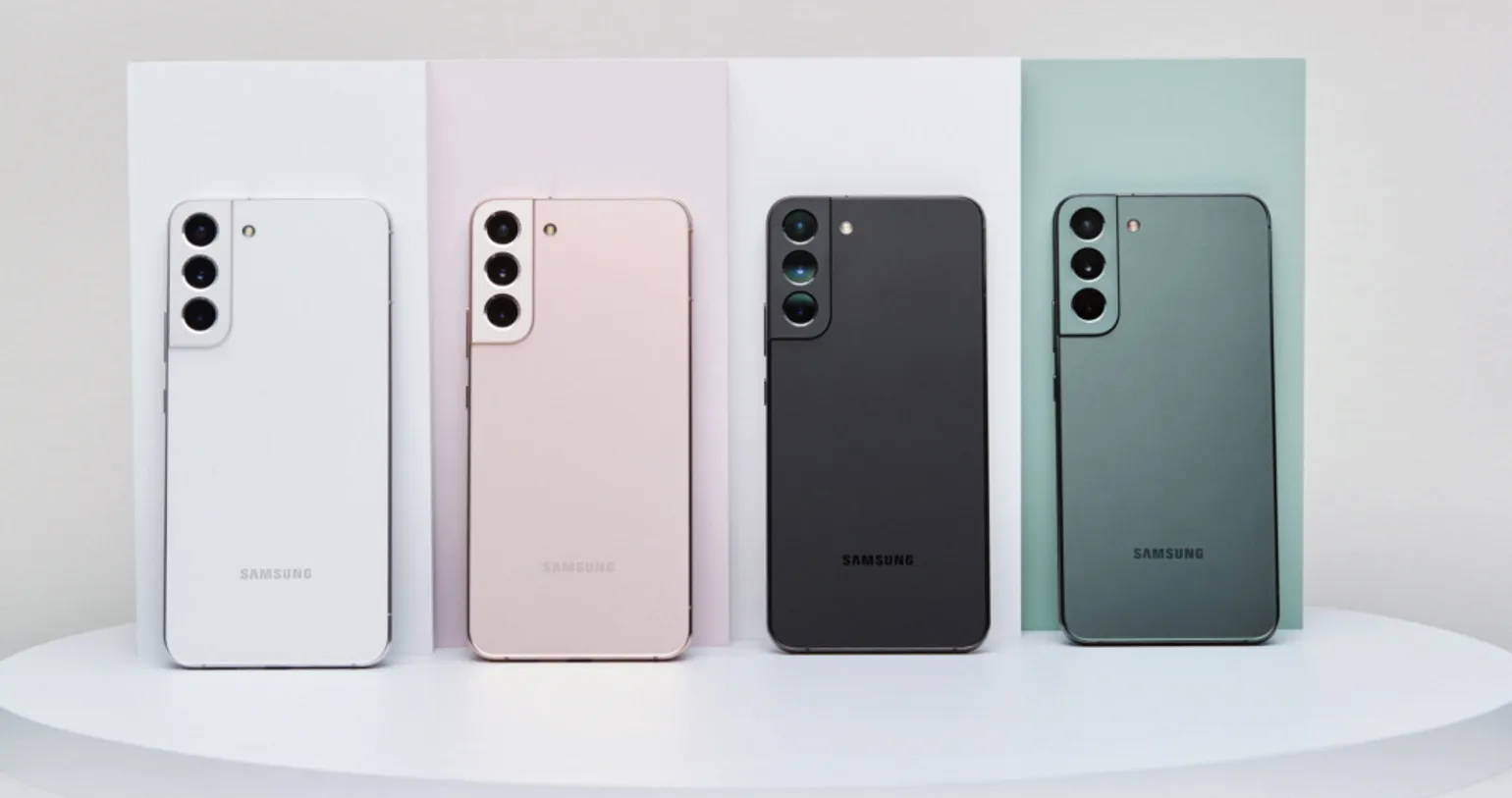Initial reviews show the Samsung Galaxy S22 has worse battery compared to the Samsung Galaxy S21

The latest Samsung Galaxy S22 is no doubt a powerhouse of a phone, and improves upon the specs of the previous Samsung Galaxy S21 in most departments. As one of the most powerful phones on the market, you’d expect a large enough battery to keep the phone in use for most of the day.
However, it appears not only do the latest models have smaller batteries, they also perform worse in real world usage tests.
Both the Samsung Galaxy S22 and Samsung Galaxy S22+ have smaller batteries compared to their predecessors, with 300mAh less battery capacity. Interestingly, the Samsung Galaxy S22 Ultra has the same battery capacity.
- Samsung Galaxy S21 battery - 4000mAh
- Samsung Galaxy S22 battery - 3700mAh
- Samsung Galaxy S21+ battery - 4800mAh
- Samsung Galaxy S22+ battery - 4500mAh
- Samsung Galaxy S21 Ultra battery - 5000mAh
- Samsung Galaxy S22 Ultra battery - 5000mAh
One possible explanation for the lower capacity batteries is the size of the phones. The base S22 model is around 8% smaller compared to the S21 - which happens to be the same percentage difference between the battery capacities (4000mAh vs 3700mAh).
According to NotebookCheck, the Samsung Galaxy S22 barely managed 5 hours on screen time and 9 hours of standby time - a result replicated by several reviews. This is worse when compared to the Samsung Galaxy S21, which faired adequately in battery tests.
This is a particularly concerning development for Samsung, and isn’t helped by the fact that the new Snapdragon 8 Gen 1 chip is more power hungry compared to its predecessor. So far, there haven't been any public tests for the Exynos 2200 processor, which is the chip that will ship with the European models of the S22. Whether the Exynos 2200 performs better or worse for battery life compared to the Snapdragon 8 Gen 1 is left to be seen, however it's worth mentioning that Qualcomm's Snapdragon has generally performed better in power efficiency compared to Samsung's Exynos with previous Samsung Galaxy S generations.
In addition, the regular S22 and Plus edition do not have Low-Temperature Polycrystalline Oxide (LTPO) panels. LTPO technology allows the display to automatically adjust the refresh rate to lower levels where appropriate, such as when viewing a static image or web page. This is important for finding an appropriate balance between battery life and screen quality, as the lower the refresh rate, the less power the screen requires. Both variants were initially advertised as having a low end refresh rate of 10Hz, however Samsung have now updated their website to show this as 48Hz. This means the display for the S22 and Plus edition are always running between 48Hz and 120Hz, even when it’s not necessary for the refresh rate to be so high - wasting unnecessary power. However, the Ultra does have an LTPO panel, with an adjustable refresh rate between 1Hz and 120Hz. For comparison, the Apple iPhone 13 Pro has an LTPO panel with an adjustable refresh rate between 10Hz and 120Hz.
The news follows recent reports that the Samsung Galaxy S22 performs significantly worse than the Apple iPhone 13 in terms of speed and performance, exacerbated by poor thermals from the Snapdragon 8 Gen 1 chip. Therefore, it's no surprise that the Apple iPhone 13 also beats the Samsung Galaxy S22 when it comes to battery life.